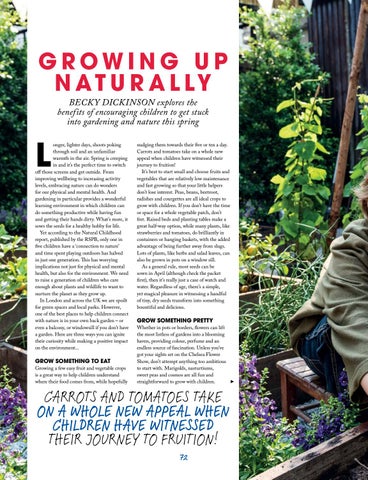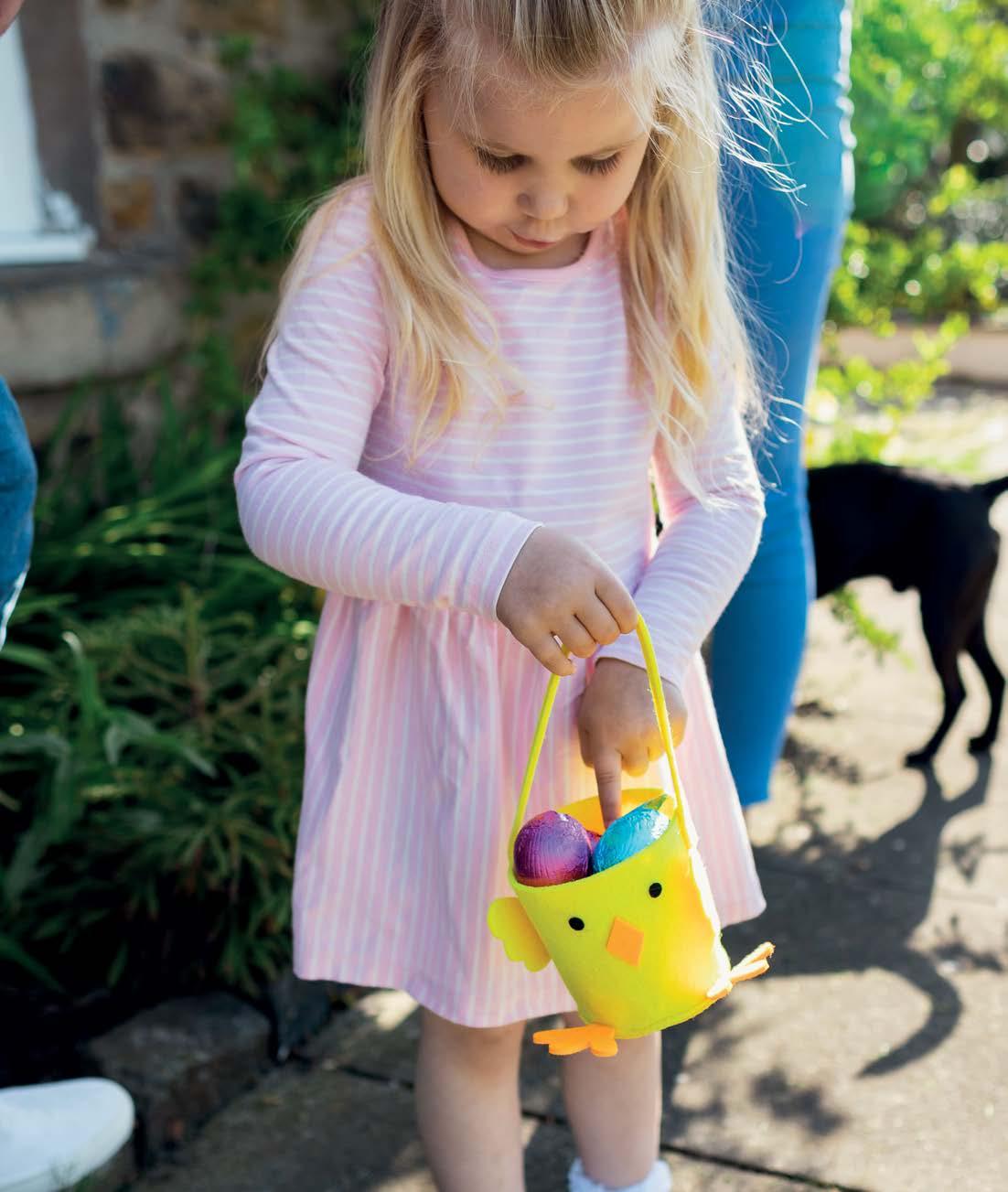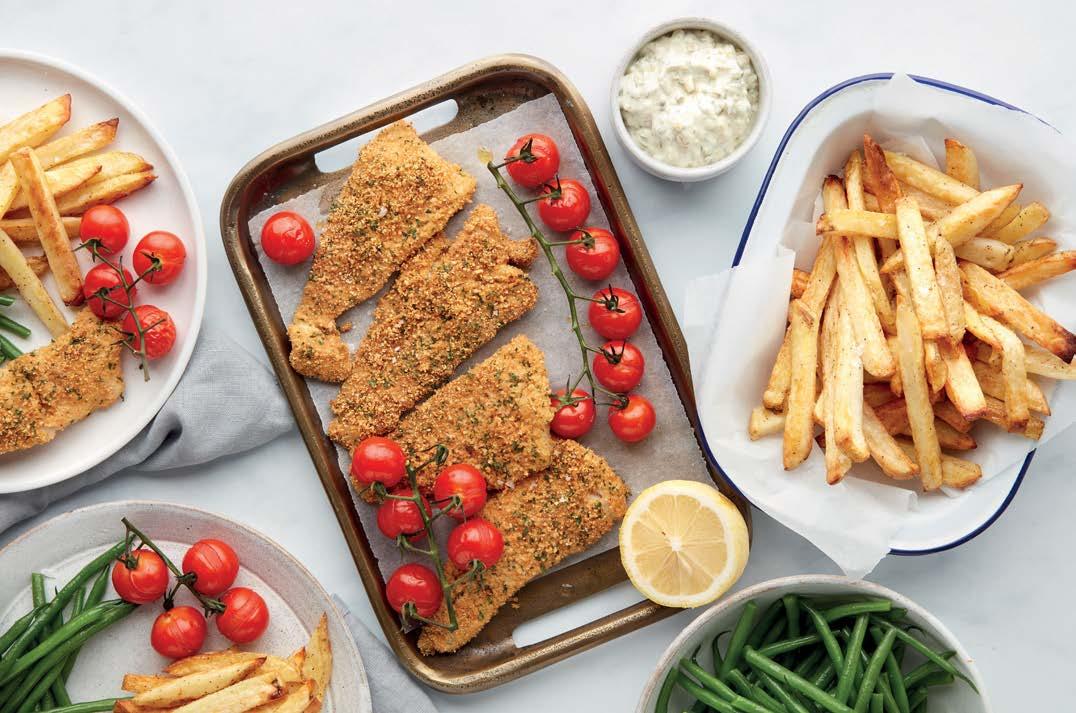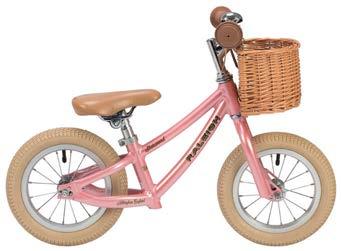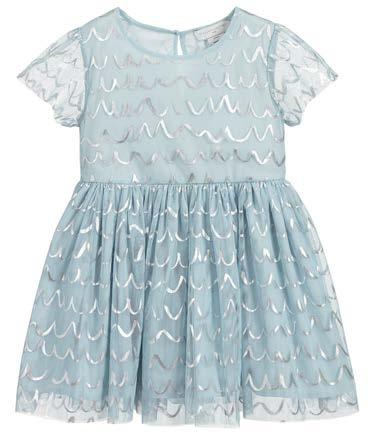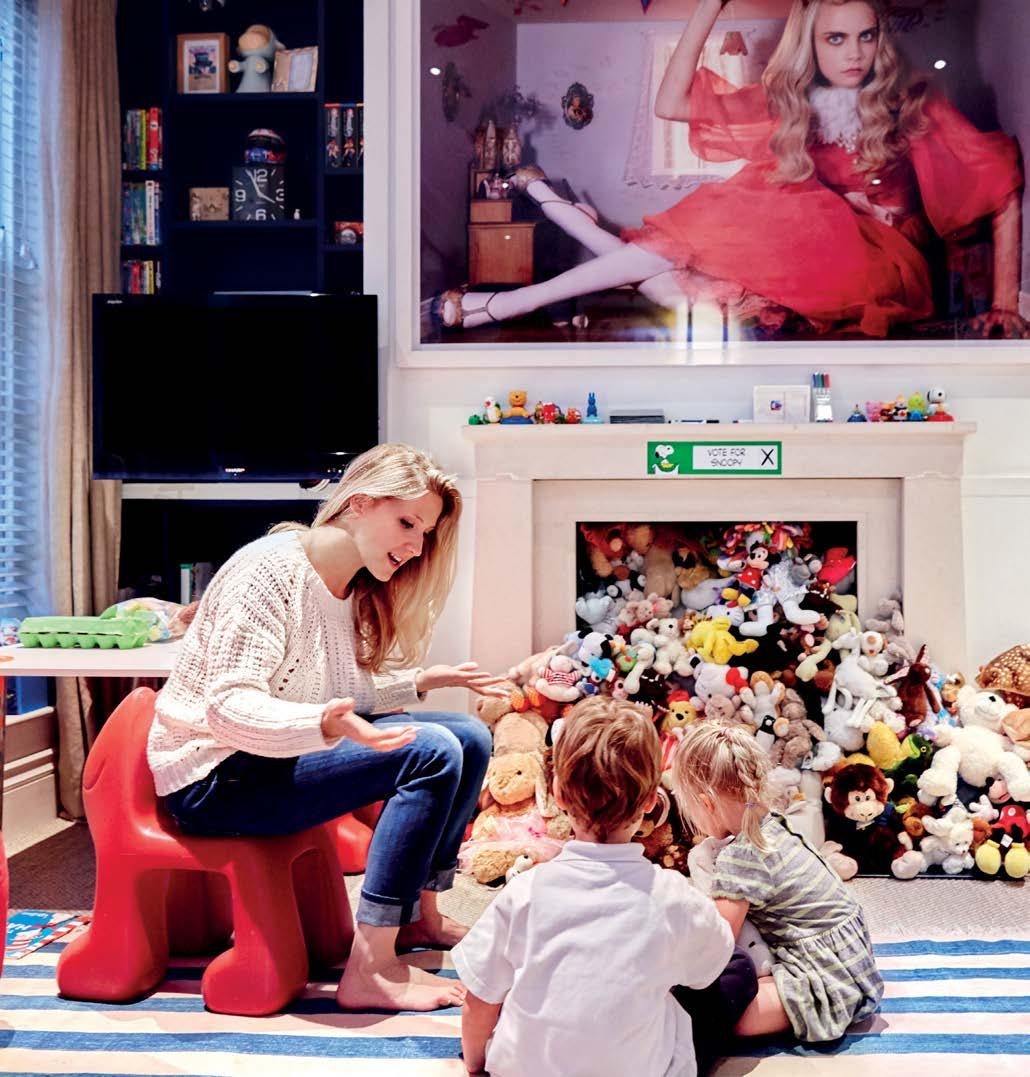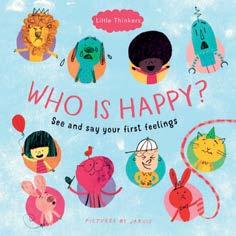GROWING UP N AT U R A L LY BECK Y DICKINSON explores the benefits of encouraging children to get stuck into gardening and nature this spring
L
onger, lighter days, shoots poking through soil and an unfamiliar warmth in the air. Spring is creeping in and it’s the perfect time to switch off those screens and get outside. From improving wellbeing to increasing activity levels, embracing nature can do wonders for our physical and mental health. And gardening in particular provides a wonderful learning environment in which children can do something productive while having fun and getting their hands dirty. What’s more, it sows the seeds for a healthy hobby for life. Yet according to the Natural Childhood report, published by the RSPB, only one in five children have a ‘connection to nature’ and time spent playing outdoors has halved in just one generation. This has worrying implications not just for physical and mental health, but also for the environment. We need to raise a generation of children who care enough about plants and wildlife to want to nurture the planet as they grow up. In London and across the UK we are spoilt for green spaces and local parks. However, one of the best places to help children connect with nature is in your own back garden – or even a balcony, or windowsill if you don’t have a garden. Here are three ways you can ignite their curiosity while making a positive impact on the environment...
GROW SOMETHING TO EAT Growing a few easy fruit and vegetable crops is a great way to help children understand where their food comes from, while hopefully
nudging them towards their five or ten a day. Carrots and tomatoes take on a whole new appeal when children have witnessed their journey to fruition! It’s best to start small and choose fruits and vegetables that are relatively low maintenance and fast growing so that your little helpers don’t lose interest. Peas, beans, beetroot, radishes and courgettes are all ideal crops to grow with children. If you don’t have the time or space for a whole vegetable patch, don’t fret. Raised beds and planting tables make a great half-way option, while many plants, like strawberries and tomatoes, do brilliantly in containers or hanging baskets, with the added advantage of being further away from slugs. Lots of plants, like herbs and salad leaves, can also be grown in pots on a window sill. As a general rule, most seeds can be sown in April (although check the packet first), then it’s really just a case of watch and water. Regardless of age, there’s a simple, yet magical pleasure in witnessing a handful of tiny, dry seeds transform into something bountiful and delicious.
GROW SOMETHING PRETTY Whether in pots or borders, flowers can lift the most listless of gardens into a blooming haven, providing colour, perfume and an endless source of fascination. Unless you’ve got your sights set on the Chelsea Flower Show, don’t attempt anything too ambitious to start with. Marigolds, nasturtiums, sweet peas and cosmos are all fun and straightforward to grow with children.
CARROTS AND TOMATOES TAKE ON A WHOLE NEW APPEAL WHEN CHILDREN HAVE WITNESSED THEIR JOURNEY TO FRUITION! 72
